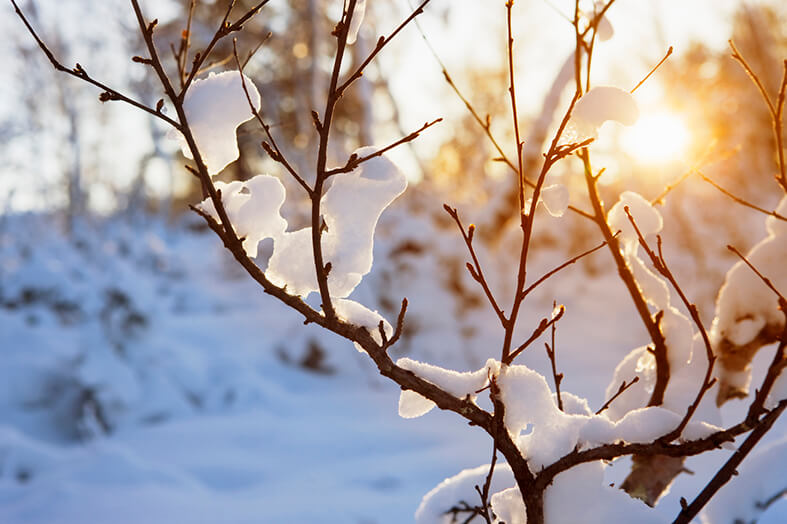Winter running is an amazing thing.
Do you know how I know this? Because I once made snow inside my running jacket.
It’s true: I got home from a run, took off my outer layer – a windbreaker because, after all, these are the Dakotas – and snow fell out.
It was second only to creating human life as far as my own modern miracles are concerned.
But because runners are a competitive people, I was one-upped a few winters later when my friend Kristen stopped on a run and said, “Look at this!” and pointed to her elbow. There, against a backdrop of snowdrifts and windchill, a jacket and bit of wonder, hung an icicle, right where the sweat had soaked through her windbreaker, gravity pulled it down and the windchill we created with our blistering pace froze it.
It was definitely cooler than my snow.
I’ve told this story for years, laughed with running friends as they turned to me at a stoplight, their eyelashes frosted over in a very Elsa and Anna moment, or when my long braid is covered in what I call hairfrost – that close cousin of the gorgeous hoarfrost we all love every winter.
This is what it means to be a winter runner in the upper Midwest. We know that, with our piles of wool socks and balaclavas and windproof tights. And as we begin training for spring races, such as the Fargo Marathon in May, the accumulation of miles gives us all the more time to think about what it is we’re actually doing out there, all bundled up.
I’m lucky that I can take some of the questions I have on a long run – it’s a lot of time to think, after all – and find someone to answer them as part of my job. This week, I made two phone calls: One to Thayne Munce, Ph.D., an exercise physiologist with the Sanford Sports Science Institute in Sioux Falls, South Dakota, and one to John Wheeler, a meteorologist with WDAY-TV in Fargo, North Dakota.
Friends, they were game for my ridiculous questions.
“You didn’t make snow,” said Wheeler, who has been a meteorologist since 1984.
He paused for a moment, acknowledged that I did create ice crystals. “That’s all snow is, but to call it snow, it has to come from a cloud.”
“Are you saying the cloud of my own athleticism wasn’t enough to create an actual weather pattern?”
Thankfully, Wheeler is a runner and skier, so he played along.
“What you create is an extremely moist environment, and if it’s below freezing, it will begin to crystallize. They form on nuclei, on particulate or piece of dust or grain of salt. Inside a coat, humidity levels are around 100 percent, and you’re providing the condensation nuclei in the salt crystals,” Wheeler said. “It’s kind of like snow, but there wasn’t a cloud.”
He softened a bit, once he realized the truth of science was ruining my story. “You can call it snow. The same thing happens when you open the door of your freezer, but we call that frost.”
In an effort to redeem myself, I threw Kristen’s story at him. “So, were those really icicles she made?” I asked, hoping there would be some other, lesser term for them.
They were. “You just need enough cold to keep it frozen,” Wheeler said.
But for an icicle to form, it has to battle against the heat your body is radiating from exercising, and that’s where Munce comes in. He’s an expert in all things heat-related, including sweat. Still, he hadn’t really heard of making snow, but he was surprisingly well-versed in how ice crystals form. (Am I the only one who just didn’t know this?)
“I think it’s possible,” he said. The same was true with the icicles. And he wondered if just like putting salt on the sidewalk lowers the freezing point, if the salt in your sweat makes it more difficult to form your own icicles. “Sweat is water that has salt and other electrolytes,” Munce said.
Between the salt in your sweat and the heat of your body, though, comes the winter windchill.
“If the temperatures are well below zero, it would be cold enough to overcome it.”
Still, there are limits: “One of the things we study is microclimates,” Wheeler said. “When you’re out running, you’re creating one. These things wouldn’t be there if you weren’t running. But you won’t make a snowstorm. Even if you had a thousand people running through Fargo, we wouldn’t have to shovel. But you are creating frost.”
That’s enough for me.
…
Posted In Health Information, Healthy Living, Orthopedics, Running
